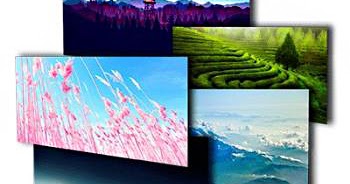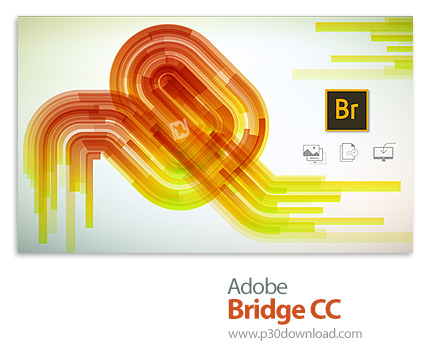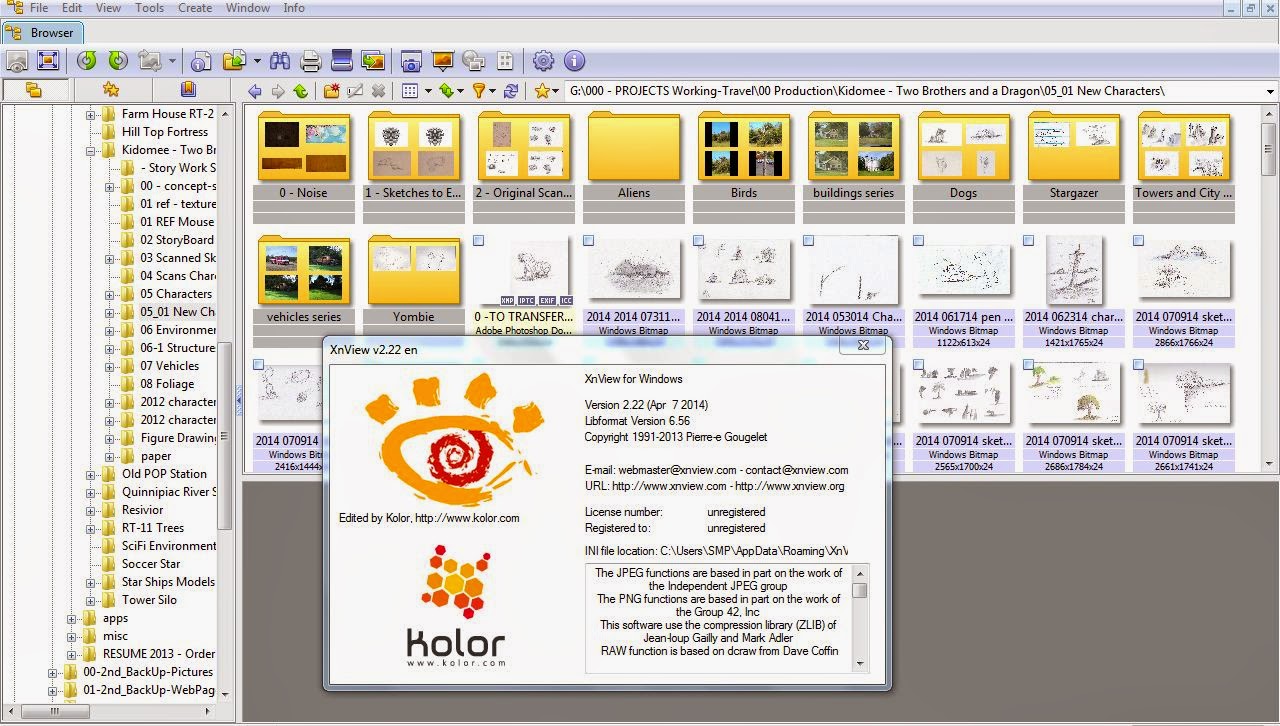

I don't know if the card itself may be an issue as well. I didn't reformat as there were still some images on it that I hadn't downloaded yet. And so I had to take that card out of the R6 and place it in the R7. I only bought one card for the R6 though, planning to get another down the line, but never ran out of space, so didn't. The highest quality cards SDXC UHS-II, V90, or whatever, the fastest, baddest Sandisk I could find. Some old posts for the EOS R suggested error 70 was a memory card issue. It also looks like the R7 may have slightly less visible noise at high ISOs than the 90D by about 1/4 stop or so. It is pretty clear to me that for #1, all modern FF sensors are better than the R7, noise-wise (except perhaps for the RP/6D2 sensor in very deep shadows or at very high ISOs), but for #2 and #3, the noise in the R7 is as good as or is better than any Canon FF sensor (the R6 comes very close). So why, oh why, do so many people insist on thinking only in terms of #1 above, when their photography is mostly in #2 or #3?
#Xnviewmp sharpen iso#
If you choose to put a 2x on the R6 (or your 1Dx2, for that matter), to get the same pixel resolution of the subject, then the FF is going to be at 4x the ISO as the R7! You can choose to use that resolution, to show finer details, or suppress it, if you don't need it, by reducing the microcontrast at the pixel level with converter parameters like sharpness, detail, and NR.
#Xnviewmp sharpen full#
It is only #1 where sensor size matters, if, and only if, you can get shallower DOF with the available lenses.įor #2, the FF would be at 2.56x the ISO, so comparing the two sensor sizes at the same ISO has nothing to do with anything real or practical!įor #3, you would have to view a 20MP FF at 200% to compare it to the R7 at 100%, and do that with the full knowledge that by default, the converter is sharpening noise and detail in the R7 that is beyond the resolution of the R6 at all. There are three broad categories of combined lens and sensor usage when needed shutter speed prevents good exposure at base ISO and higher ones must be used:ġ) Minimal DOF possible with available lenses (affordable, light enough, or even ones that exist at all).Ģ) Same angle of view and DOF ("equivalence" of everything but total pixel count), using the entire sensor area.ģ) Same subject size in millimeters on the sensor, due to focal-length limitation with the same optics. It doesn't make sense to talk about the noise difference between two cameras with different sensor sizes (2.56x area) and very different pixel sizes (4x) without providing usage context. When will these generic, academic comparisons end? It is a rhetorical exercise to state that with the same exposure, a larger sensor will have less noise, or that larger pixels will have less apparent noise at 100% pixel view on the same monitor. Its going to be 2 stops less performance than your R6 so Im not surprised by that statement Enhanced translations for many languages as well as a brand new and convenient modular interface.Do you have some pics with noise that you thought was excessive.what ISO's

World-Wide compatible: XnViewMP finally offers Unicode support.
#Xnviewmp sharpen mac os x#
Multi-Platform: Windows, Mac OS X and Linux are now supported in both 32 and 64 bit versions. Optimized Performance: Considerable improvements have been made in terms of performance (speed-optimized loading, improved caching, multi-core processing, 64bits version, etc.)

This same module also powers XnConvertĪnd much more.: Virtually all of standard XnView's much loved features have been preserved in XnViewMP and many features have actually been tweaked and enhanced. Unrivaled Compatibility: XnViewMP supports more than 500 image formats (including Multipage and animated still formats APNG, TIFF, GIF, ICO, etc.) and export to about 70 different file formats.īatch Conversion: XnViewMP comes with an easy to use yet powerful batch conversion module. It is a powerful cross-platform media browser, viewer and converter.

XnViewMP is the enhanced version to XnView.


 0 kommentar(er)
0 kommentar(er)
